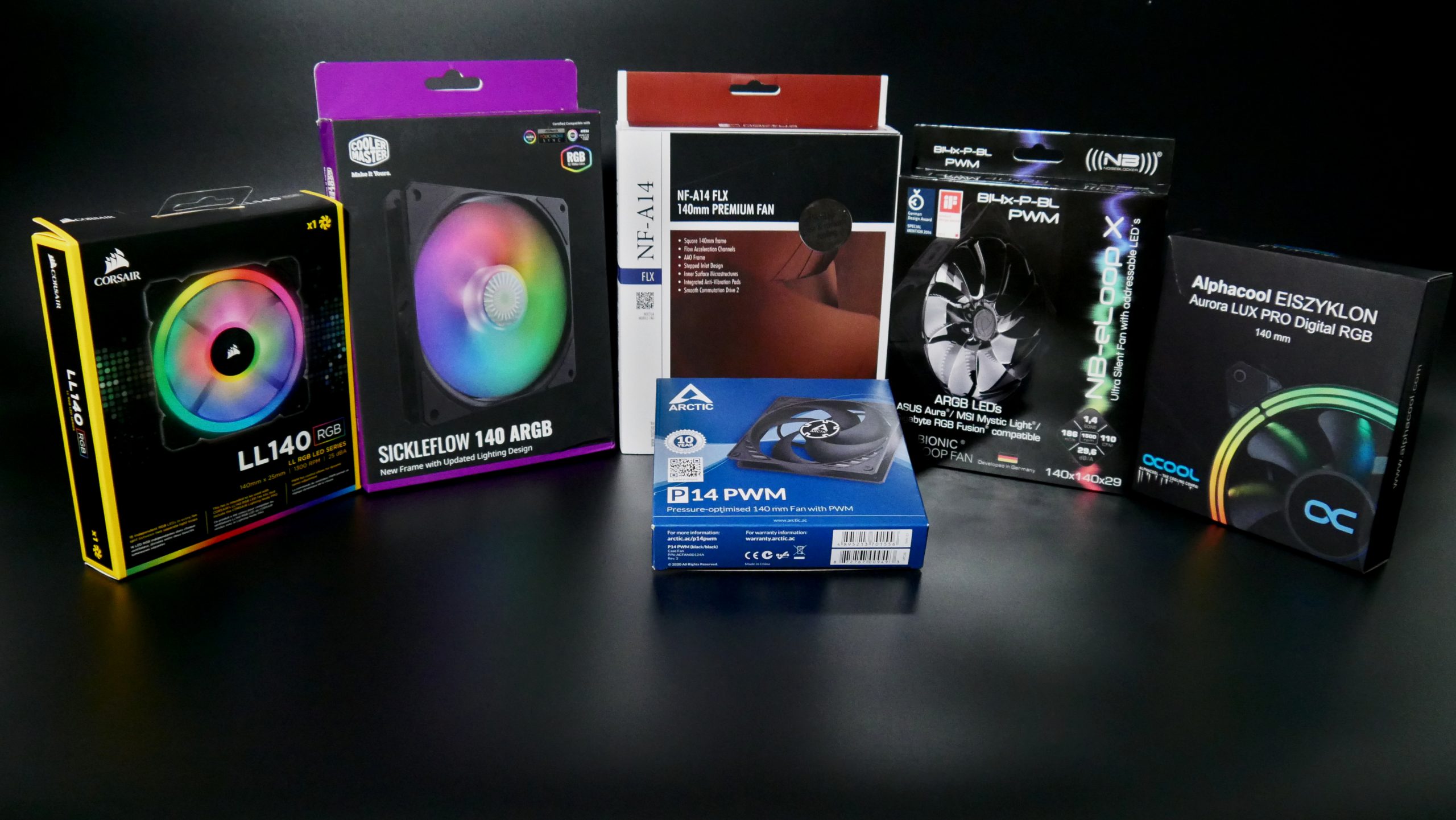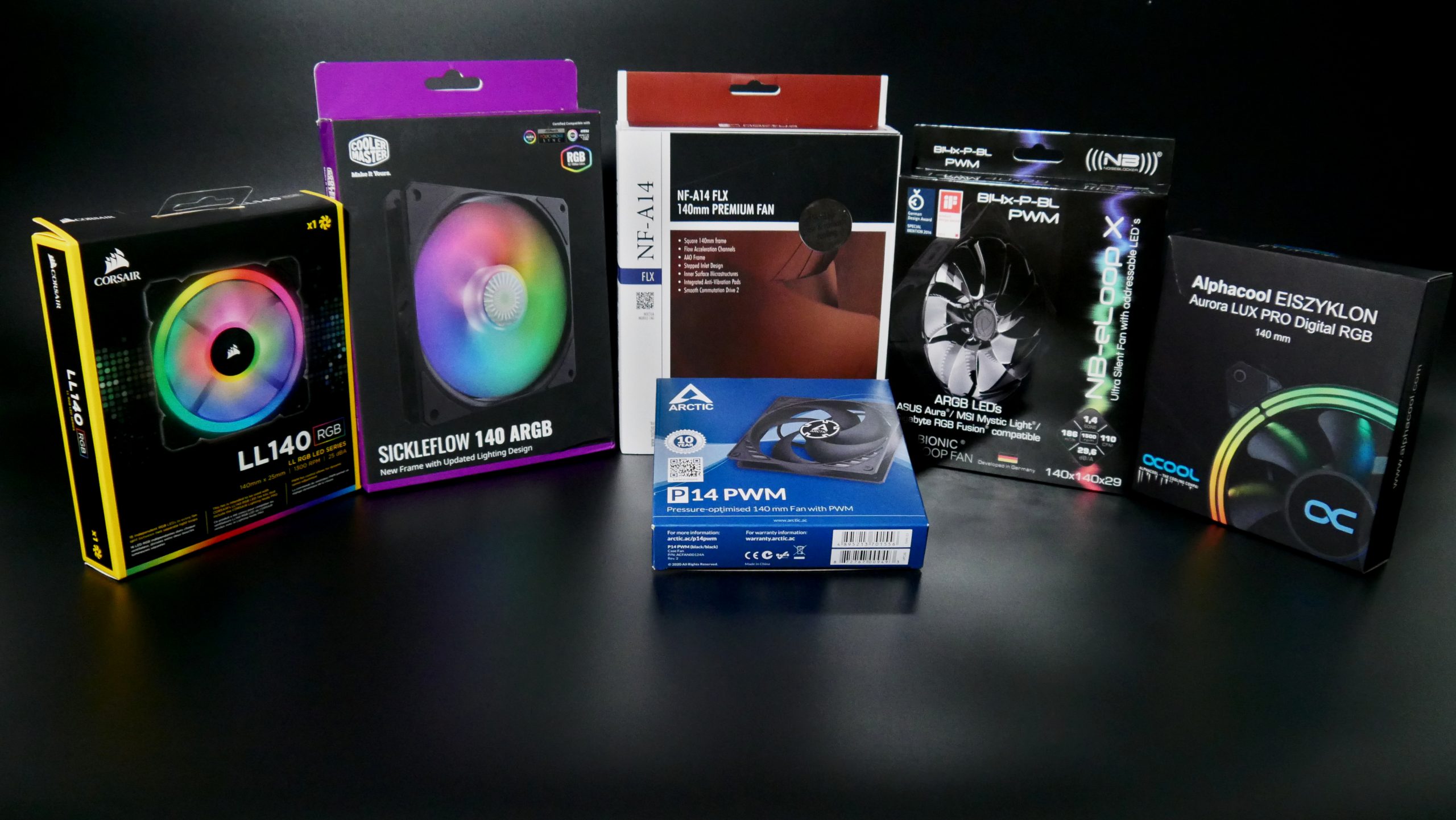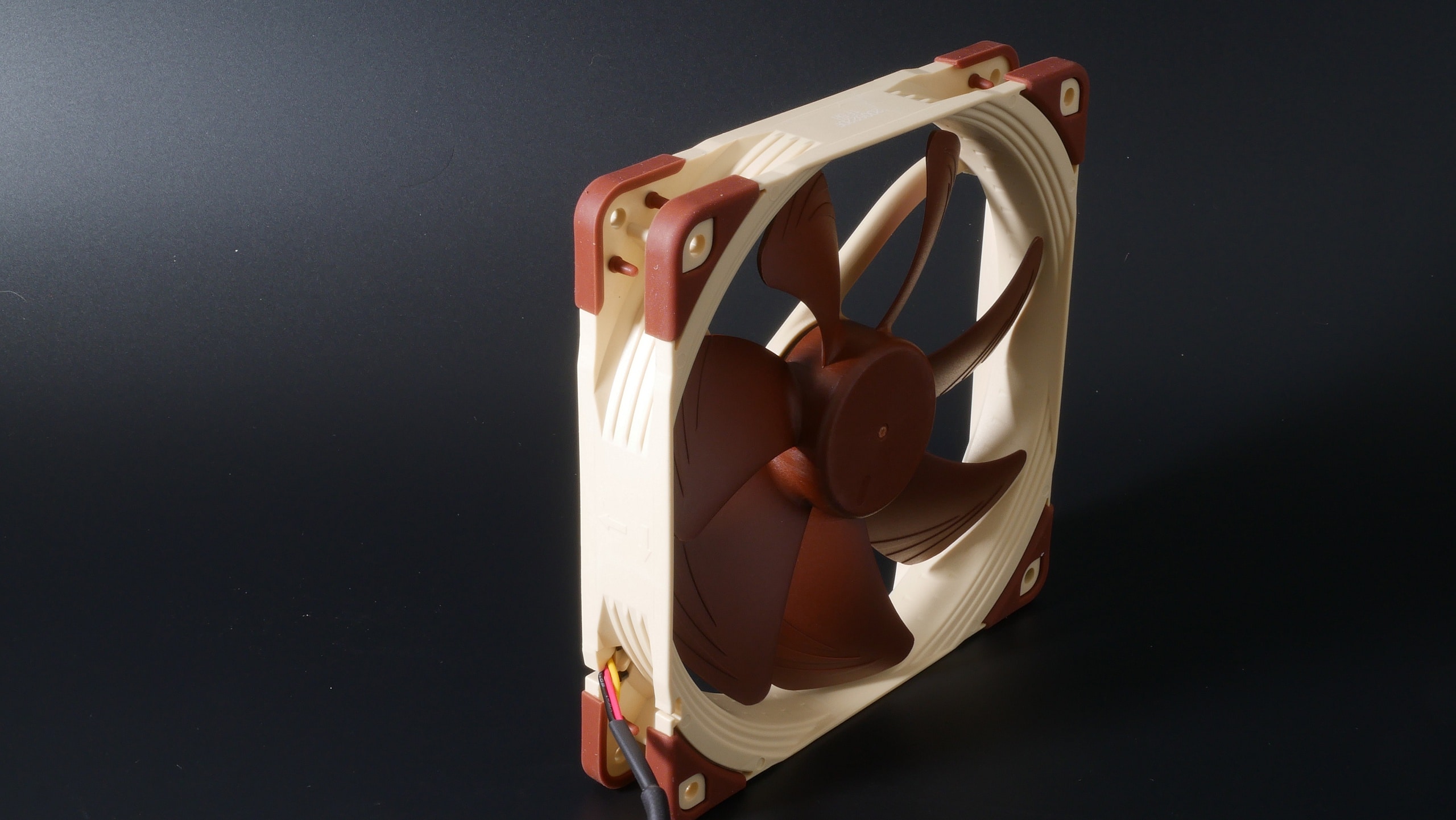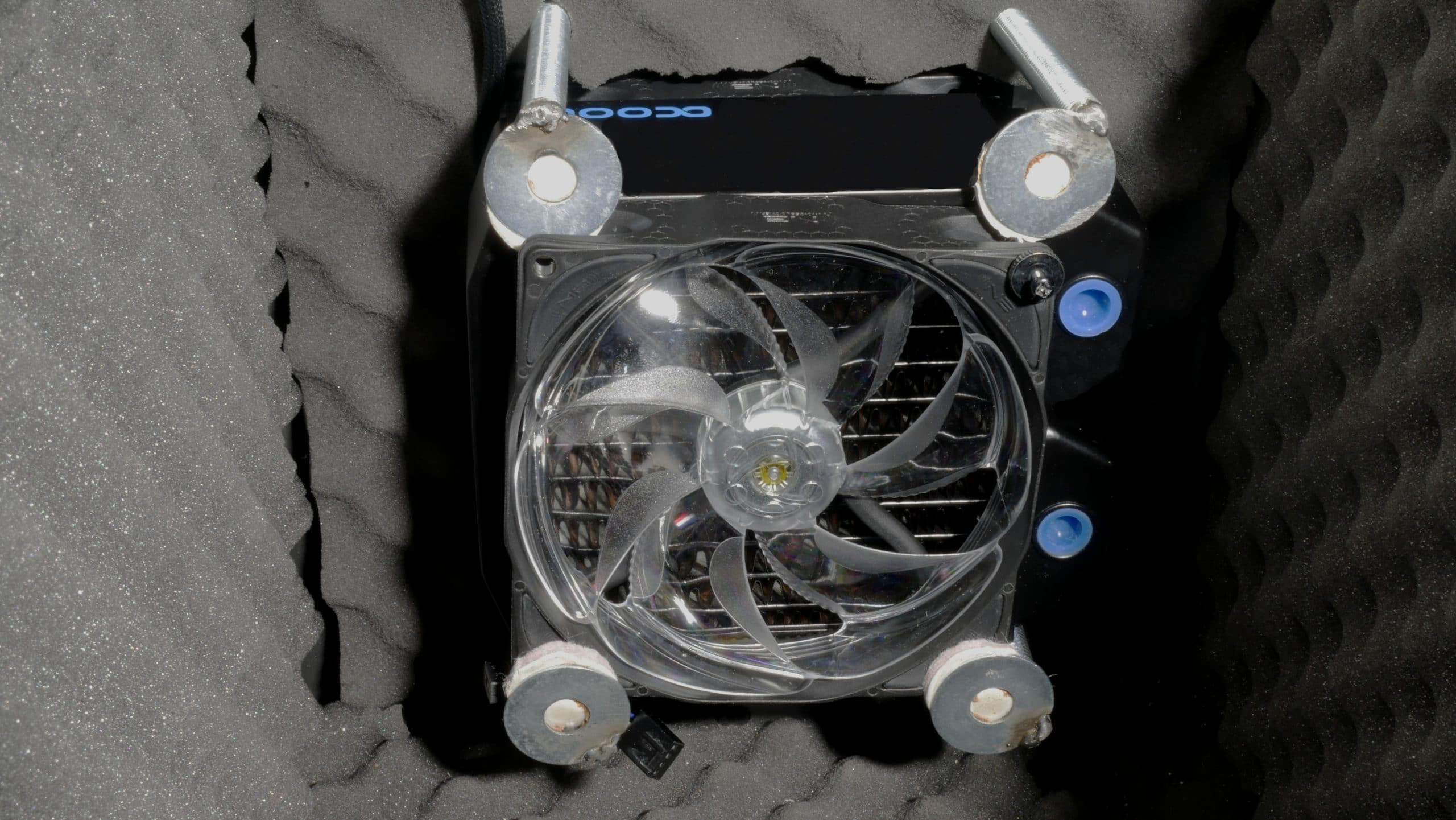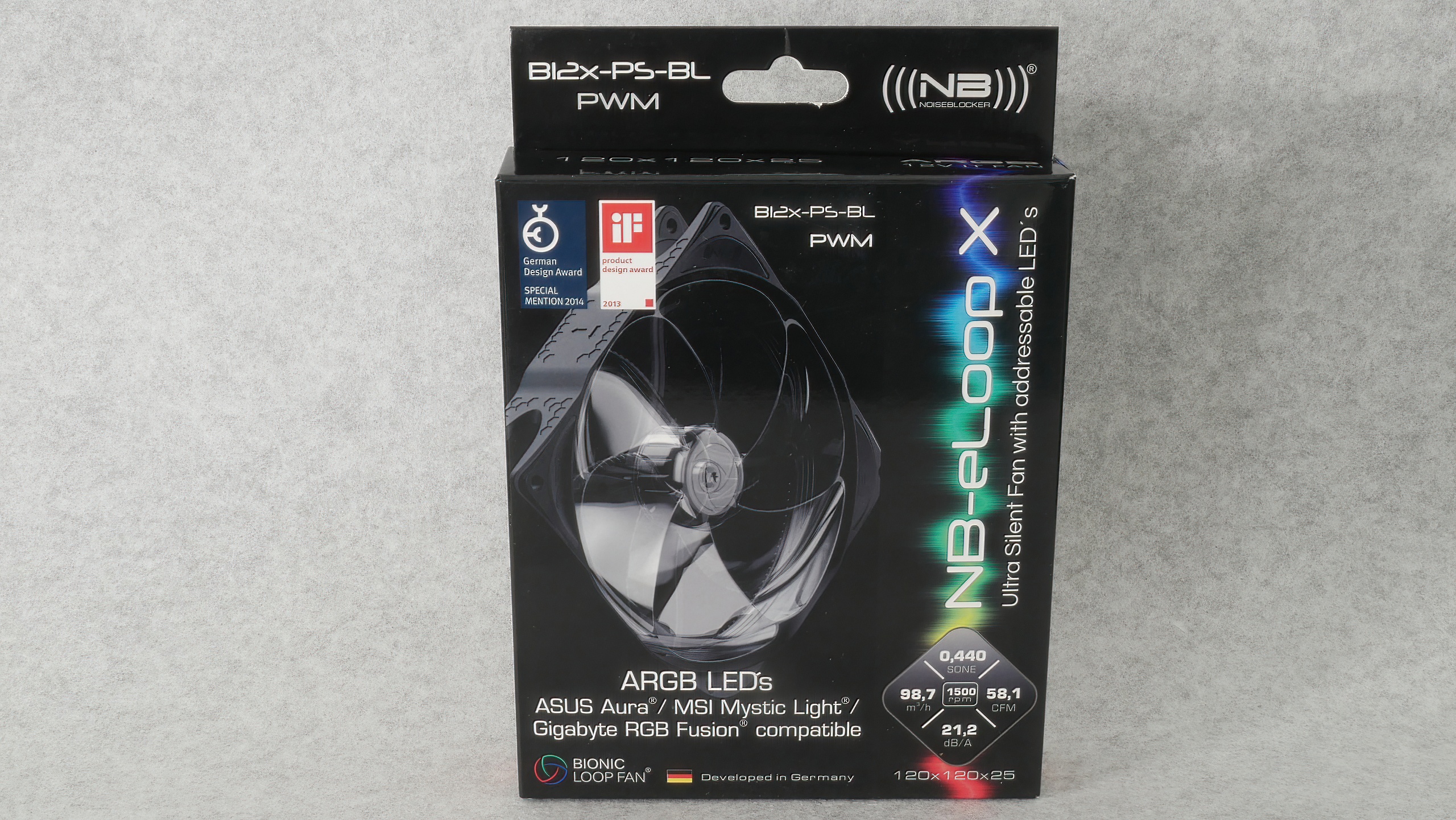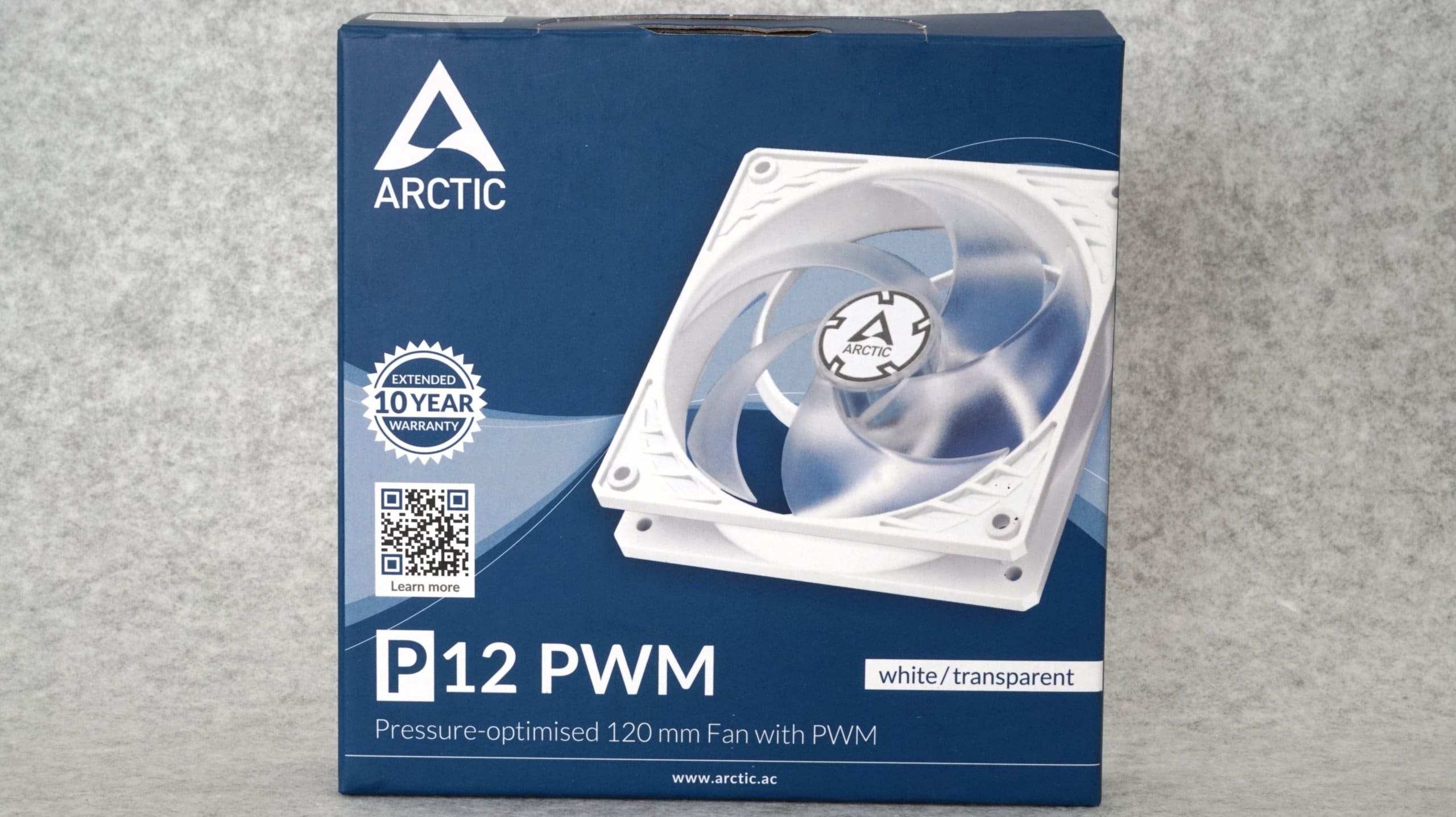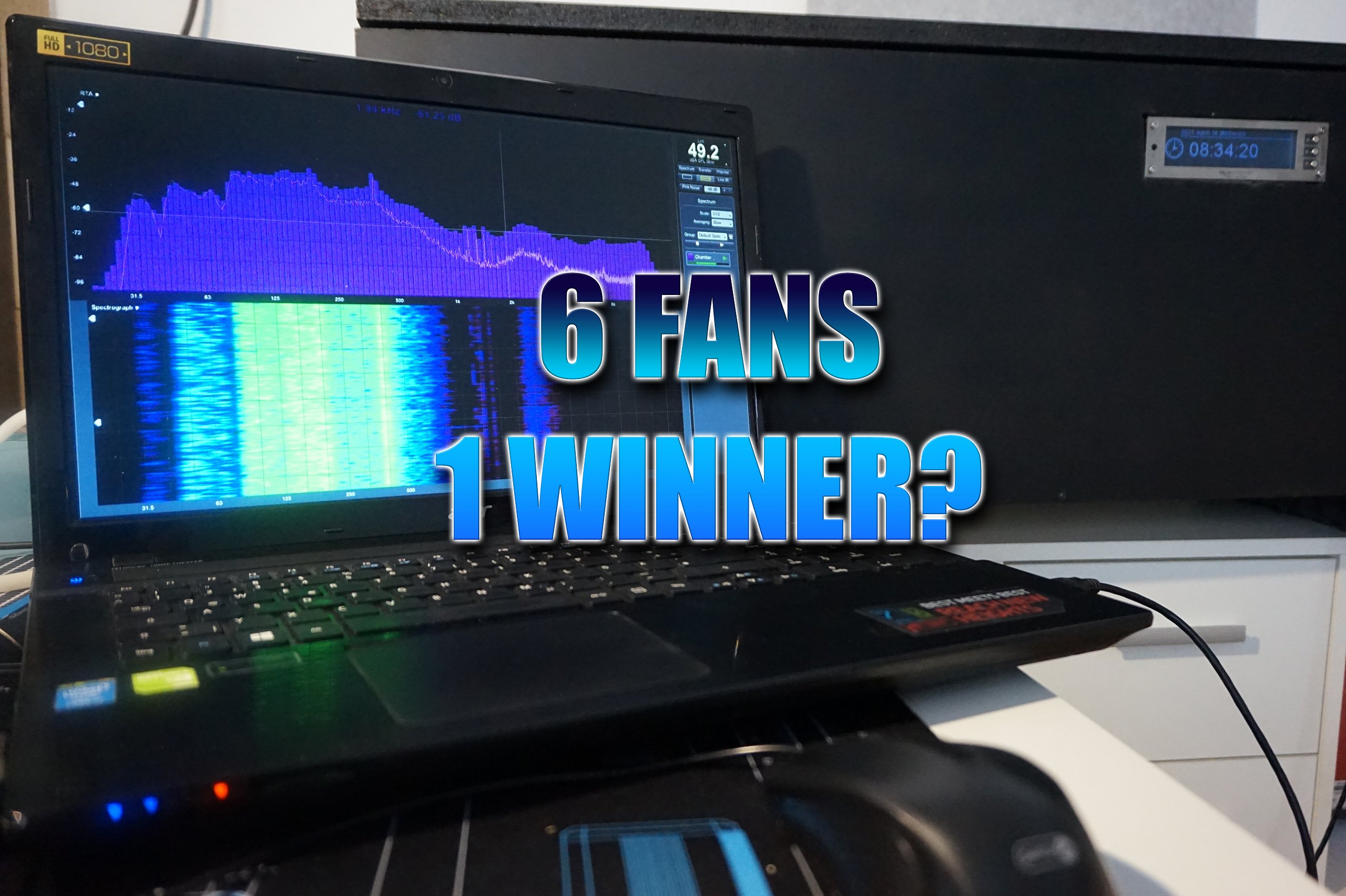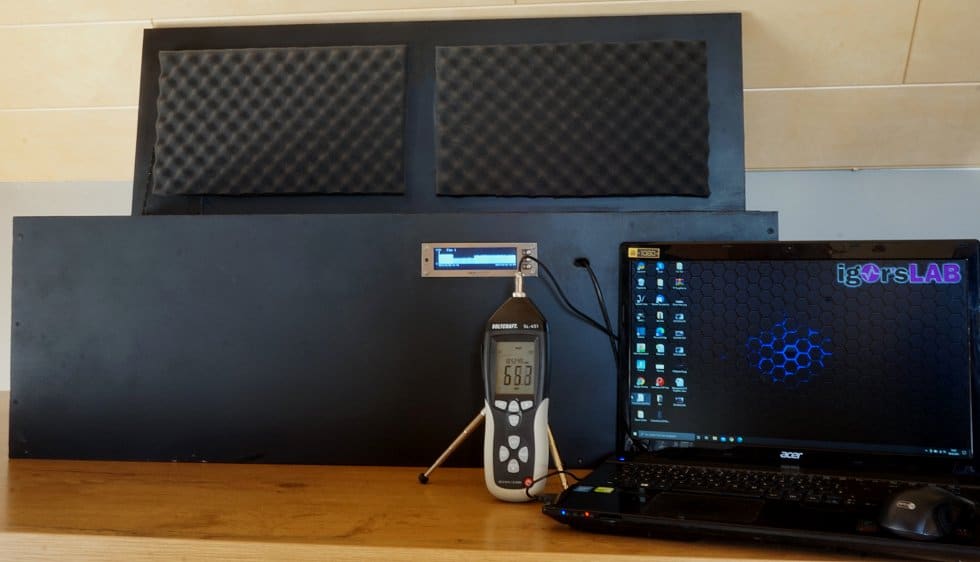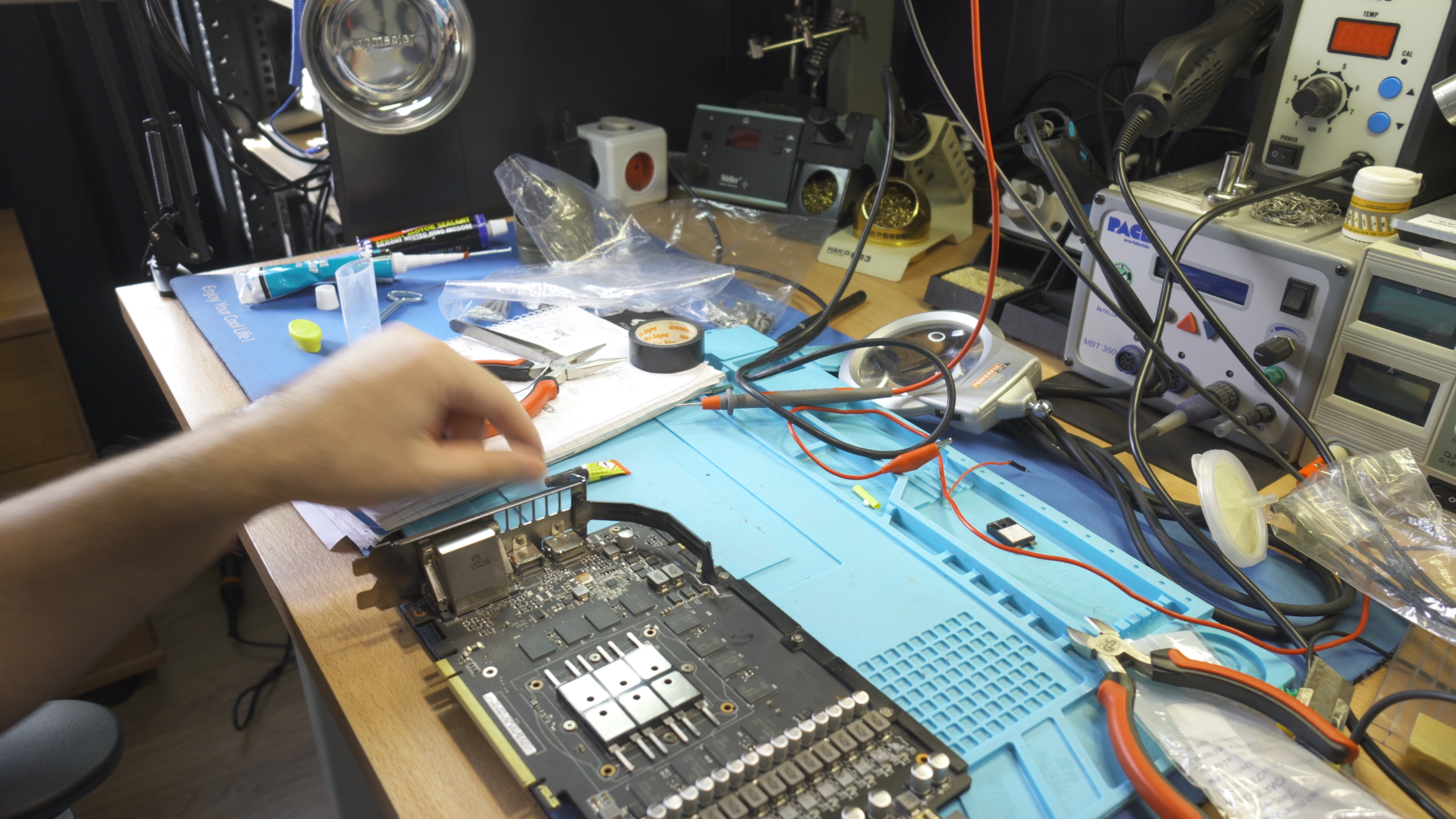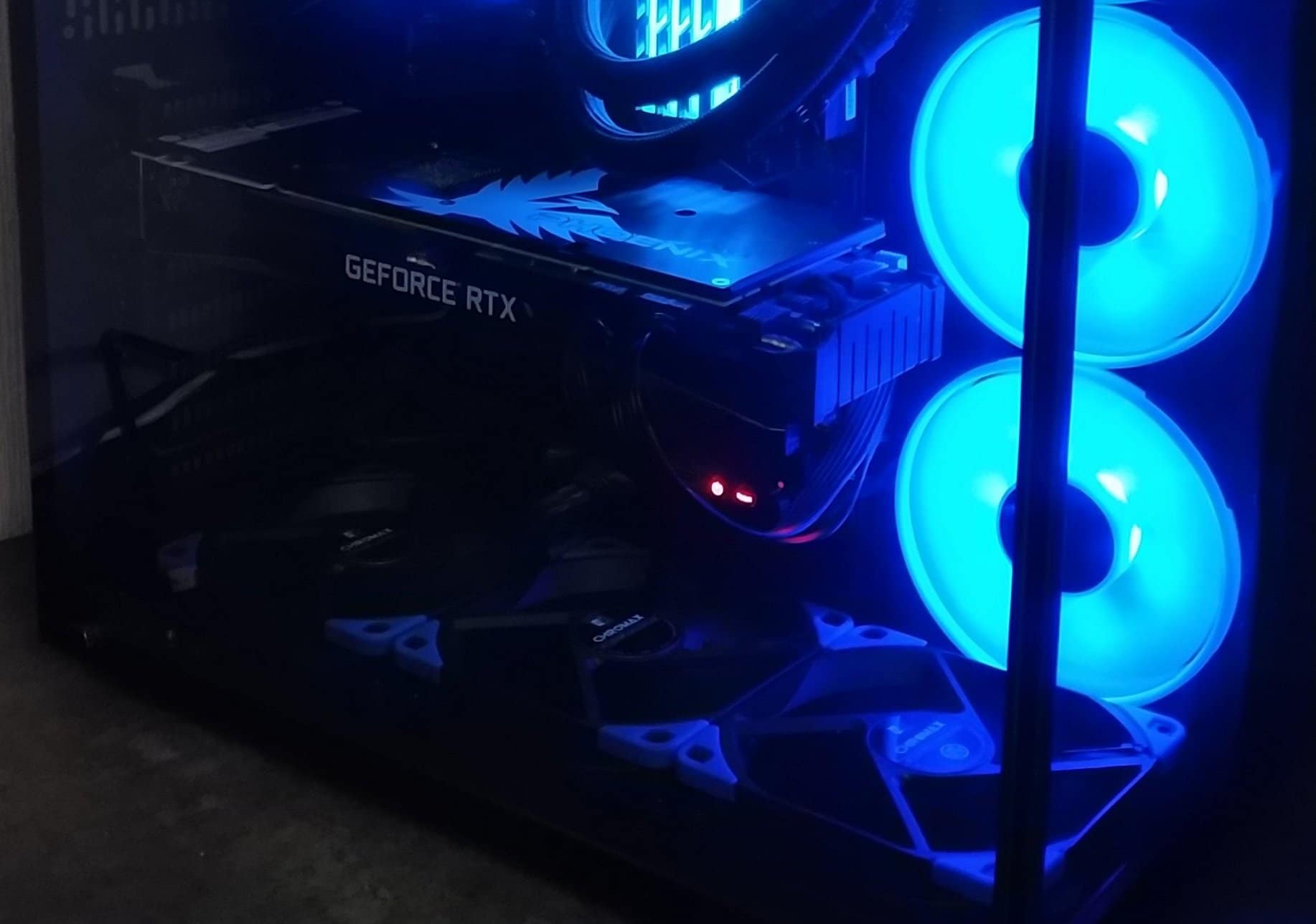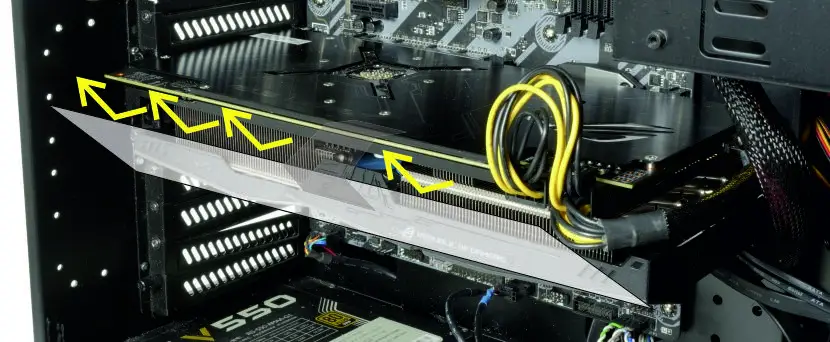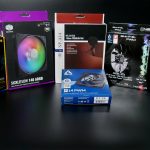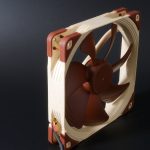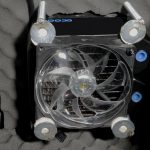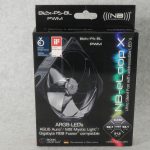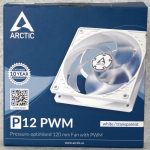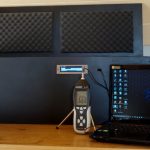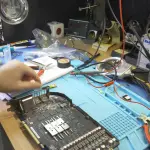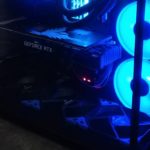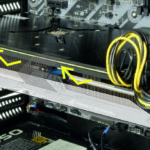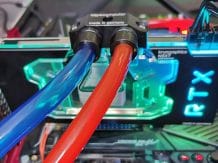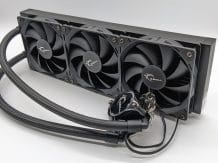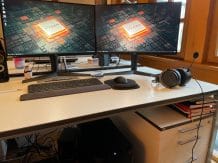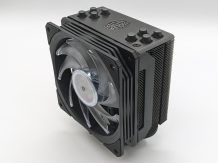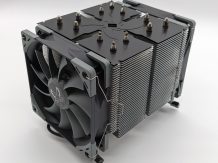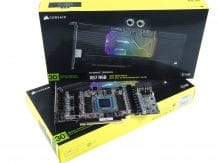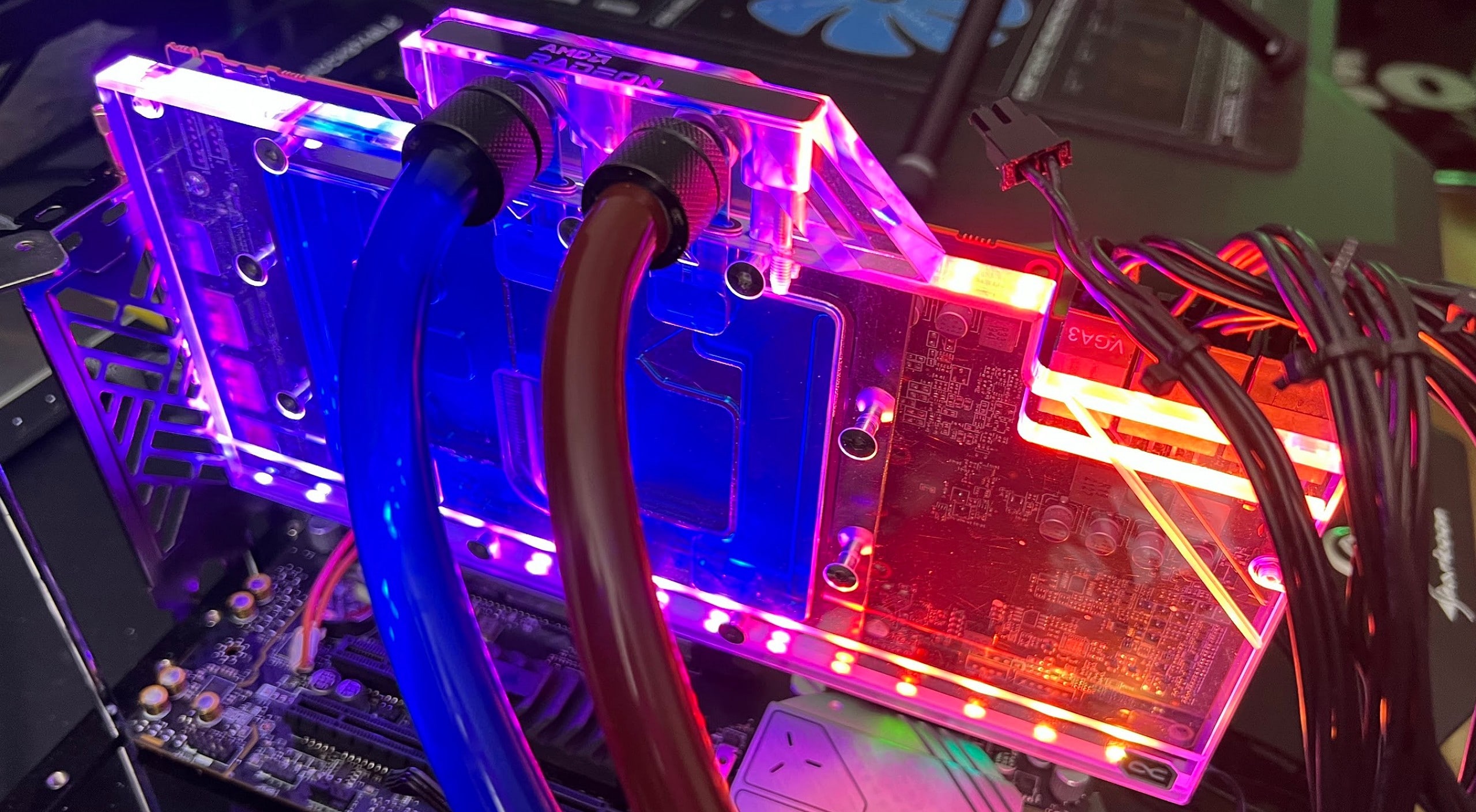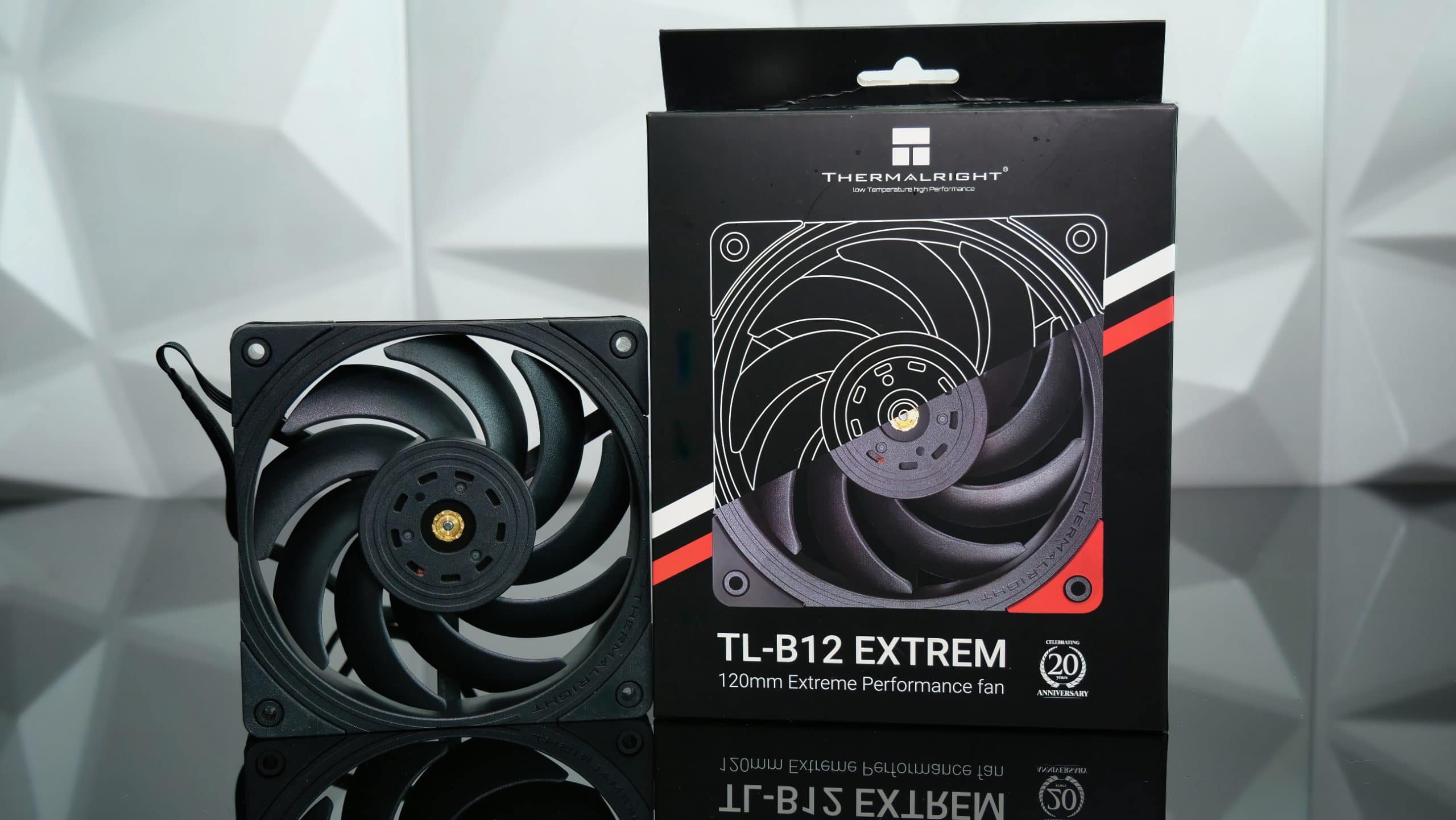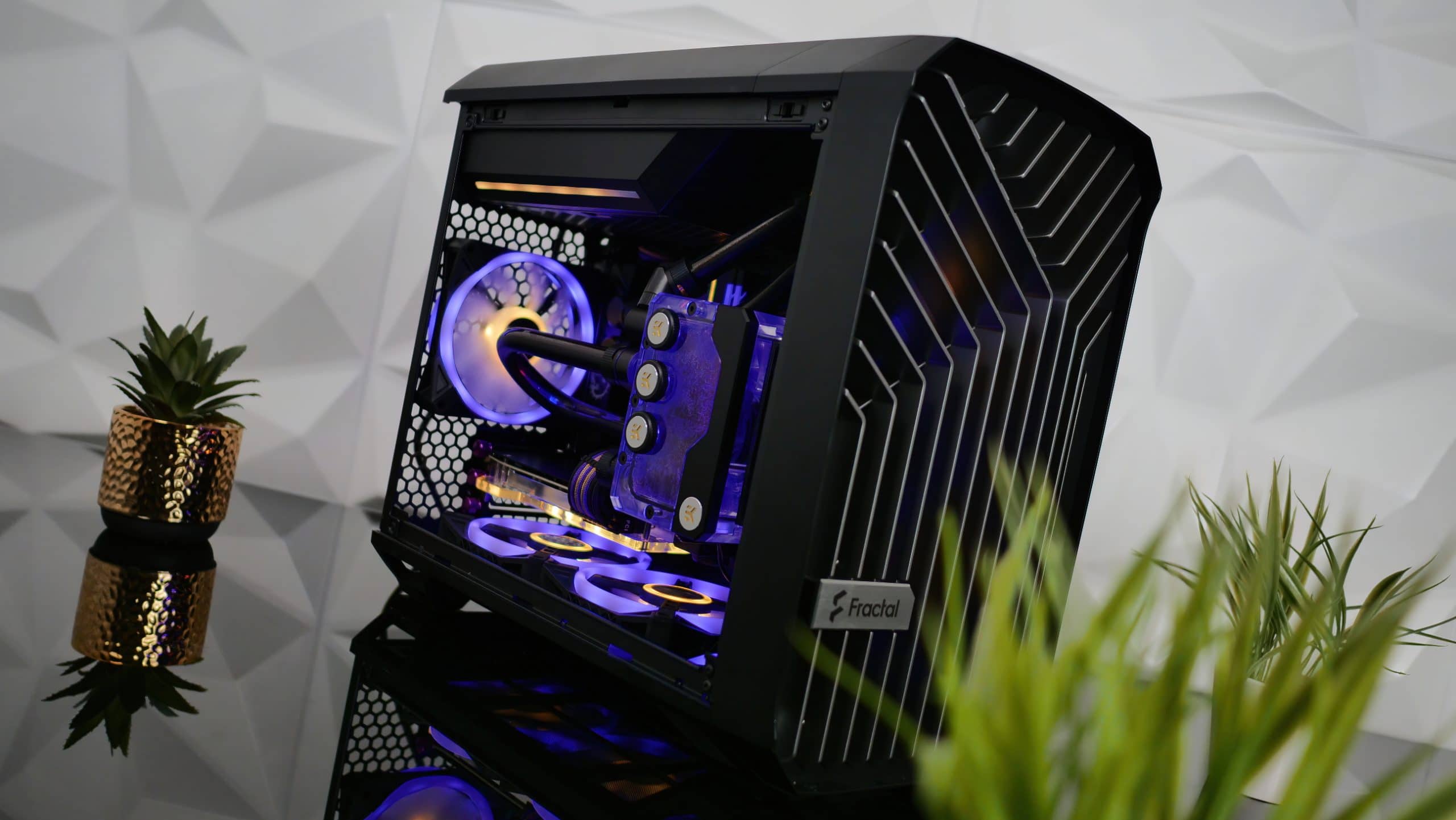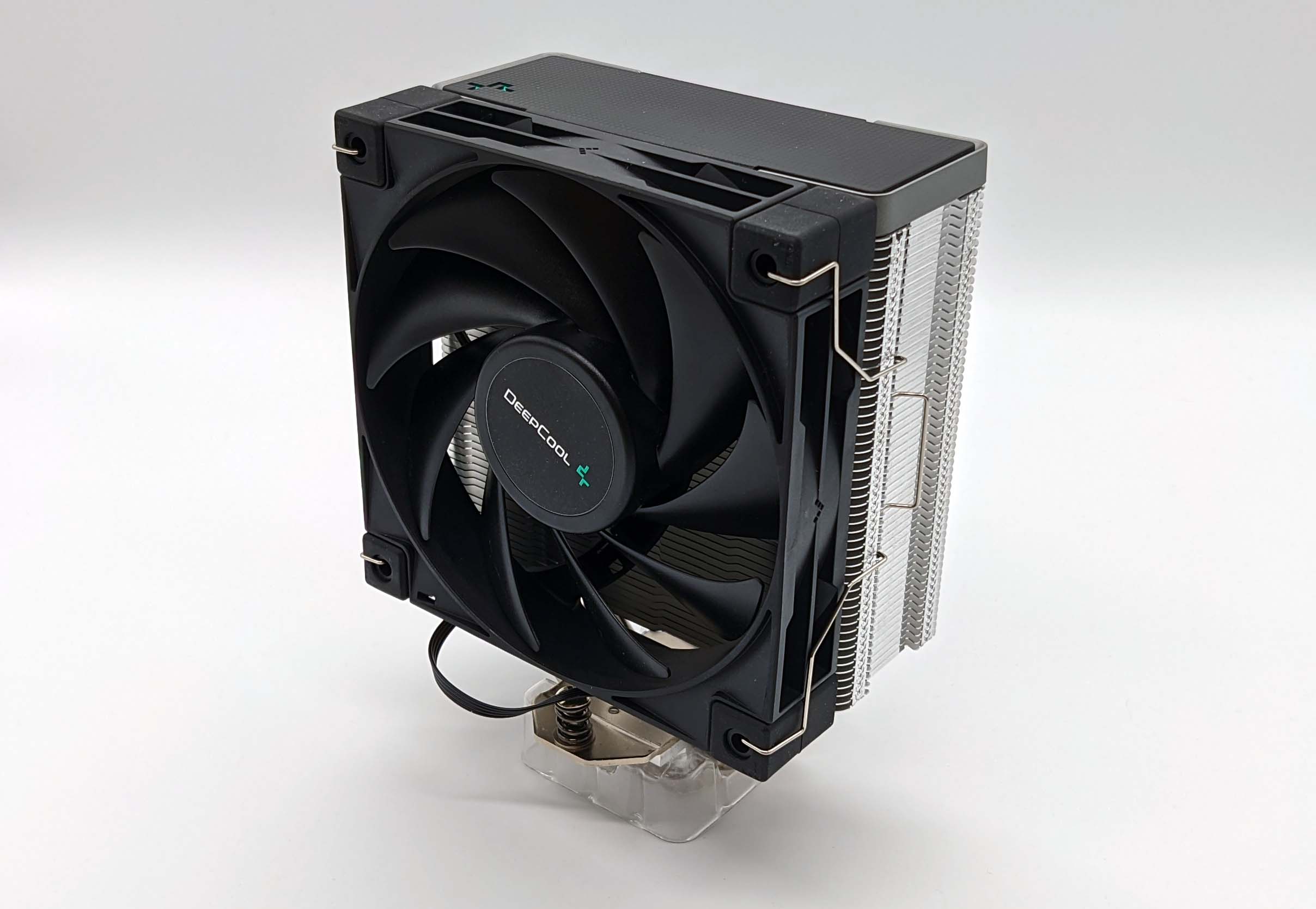Six popular 140 mm case fans from Alphacool, Arctic, Cooler Master, Corsair, Noiseblocker and Noctua in the comparison test
Readers’ requests are of course our command, and so today there is a large comparison test with 6 popular 140 mm case fans. And yes, fans are a dime a dozen, but which fan ultimately fits which system and which wallet? Is a model suitable as a case fan and how does it really perform on different radiators? What about the real speed range, how high is the start-up or switch-on speed and which parameters does such a fan offer over the speed range, including the mostly unavoidable noise emissions? We test precisely for these findings, because you shouldn’t trust a data sheet that you don’t yourself…. well, you already know
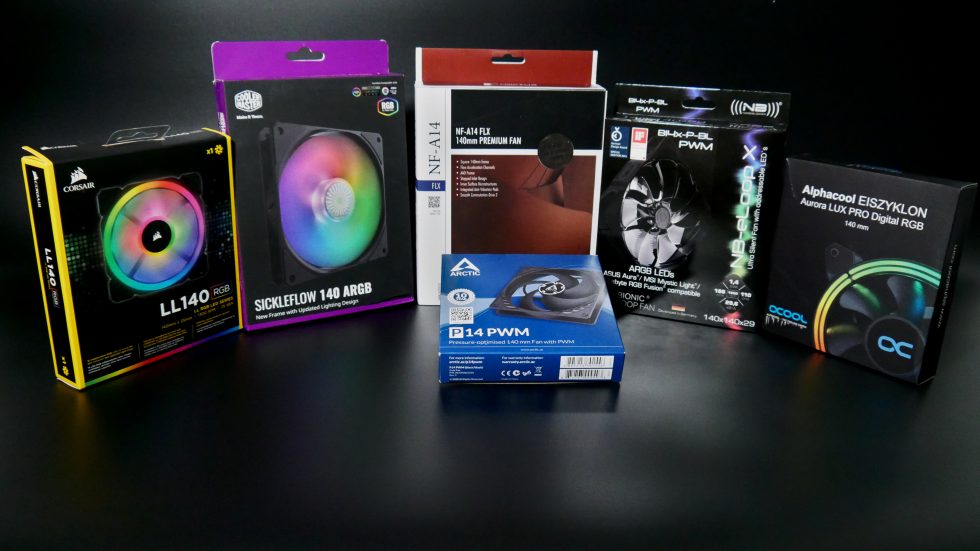
Today we are testing a total of six popular 140 mm fans, but we also know that, of course, you cannot cover all your wishes with them. But we will continue testing piece by piece (i.e. fan by fan) and then also tackle the database as a kind of compendium – as long as there are individual or group tests to fill up our data. You will see how extensive the results are on the next few pages and today I will put everything in what Pascal measured us for the 140s.
You can see exactly how this all works and works on the next page, where we present the test system and measurements again. And one thing is also clear here: it is not the purchase price of a measuring instrument that counts alone, but the appropriate use and correct calibration. Because you can also spend a lot of time and money for nothing. But there are advisory industrial partners and the almost omniscient community and not just undifferentiated swarm knowledge.
Important preliminary remark
I don’t want to spoil anything and unnecessarily blacken any manufacturer, but I still have to add an important preliminary remark. We had already chosen the Noctua NF-A14 FLX as a reference and will continue to use it as a reference in individual tests of the 140 mm fans in the future, although the noise blocker NB-eLoop X PWM B14XP ARGB now performed slightly to significantly better in many test fields . However, there is a good reason why we are still sticking to the Noctua model, at least in this test.
Both in the 120 mm roundup and now, the first Noiseblocker fan tested was defective, or acted below the specs and consequently had to be replaced. That can happen once, but not more than once. Precisely for this reason, and as long as the manufacturer does not have a better grip on quality control, we will continue to use the Noctua model. We can measure whether the fan is doing what is in the specs (although Noiseblocker showed deficits here too and the homepage has not been corrected to this day), unfortunately the buyer cannot.
Unfortunately, this cannot be tolerated in this amount and it has to be communicated openly. Sample tests will have to show in the future whether the circumstances have improved and whether all the technical information on the packaging and the homepage are really correct. Then this fan can also be used as a reference.
Maximum speeds in a quick check
We deliberately chose 6 fans with very different maximum speeds between 1500 and 2000 rpm and first of all test whether this requirement is met. In this case, at least everything is right, at least a good start.
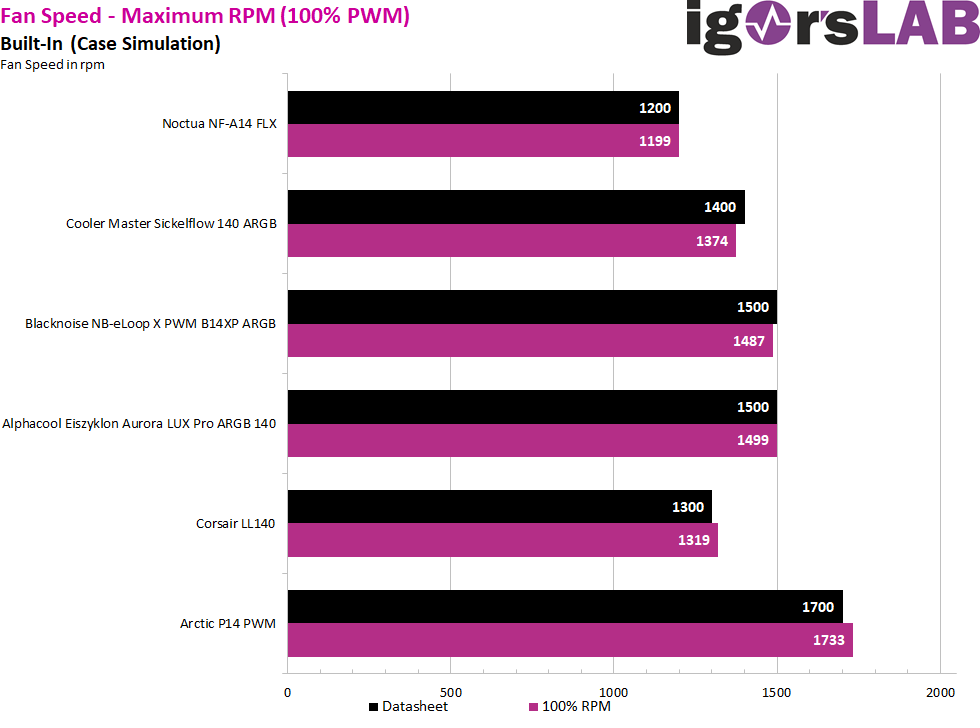
On the next page you can see how and what we test and why. Understanding the details is extremely important in order to be able to classify the results objectively later. The differences between many models are more in the details and the best fan for all situations can hardly exist. There is a certain optimum in every situation and of course good all-rounders. But they usually have their price. If you are planning specifically with 60 mm radiators, for example, you can perhaps save money by choosing the best model for your application, which might not do so well as a case fan. And vise versa, of course.
All previous articles on the subject of fans on igor’sLAB

- 1 – Introduction, test samples and specifications
- 2 – Test setup, measuring chamber and equipment
- 3 – Alphacool Eiszyklon Aurora LUX Pro ARGB 140
- 4 – Arctic P14 PWM
- 5 – Blacknoise NB B14x-P-BL PWM ARGB
- 6 – Cooler Master Sickleflow 140 ARGB
- 7 – Corsair LL140 RGB
- 8 – Noctua NF-A14 FLX
- 9 – Starting voltage and speeds
- 10 – case fan: performance
- 11 – Case fan: sound pressure level and audio samples
- 12 – 25 mm Radiator: Performance
- 13 – 25 mm radiator: sound pressure level
- 14 – 45 mm Radiator: Performance
- 15 – 45 mm radiator: sound pressure level
- 16 – 60 mm Radiator: Performance
- 17 – 60 mm radiator: sound pressure level
- 18 – Summary and conclusion





